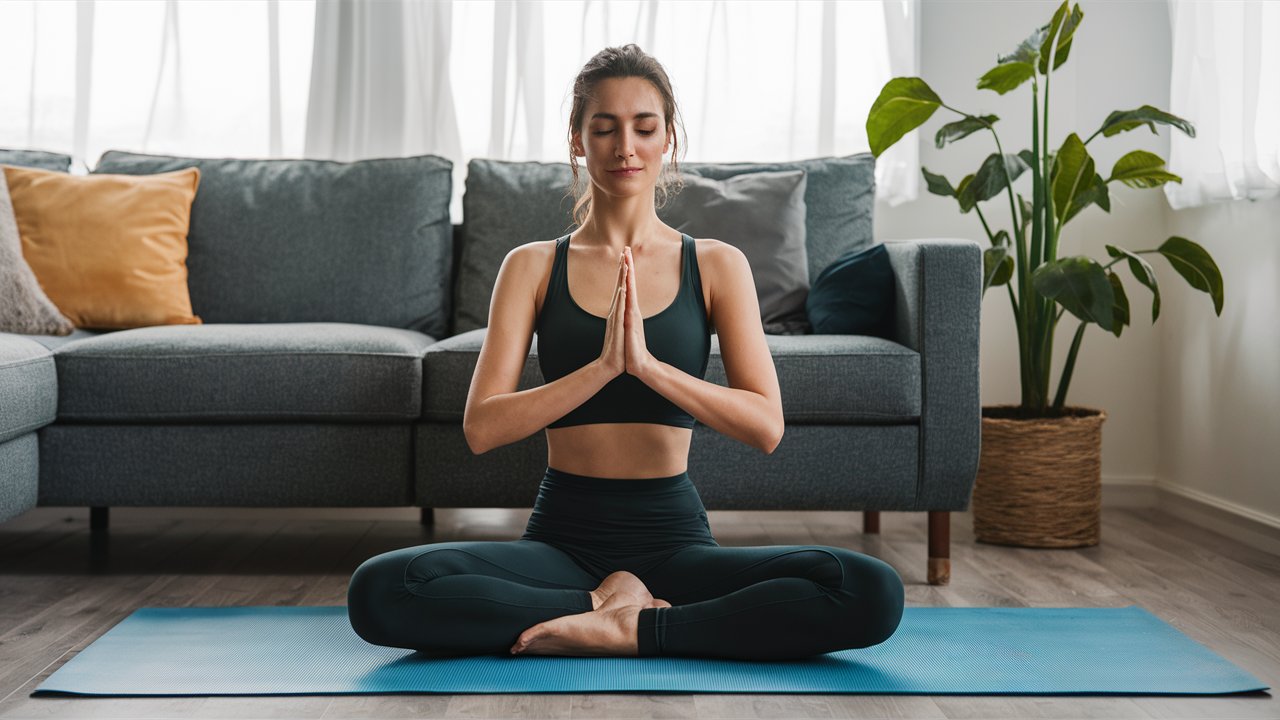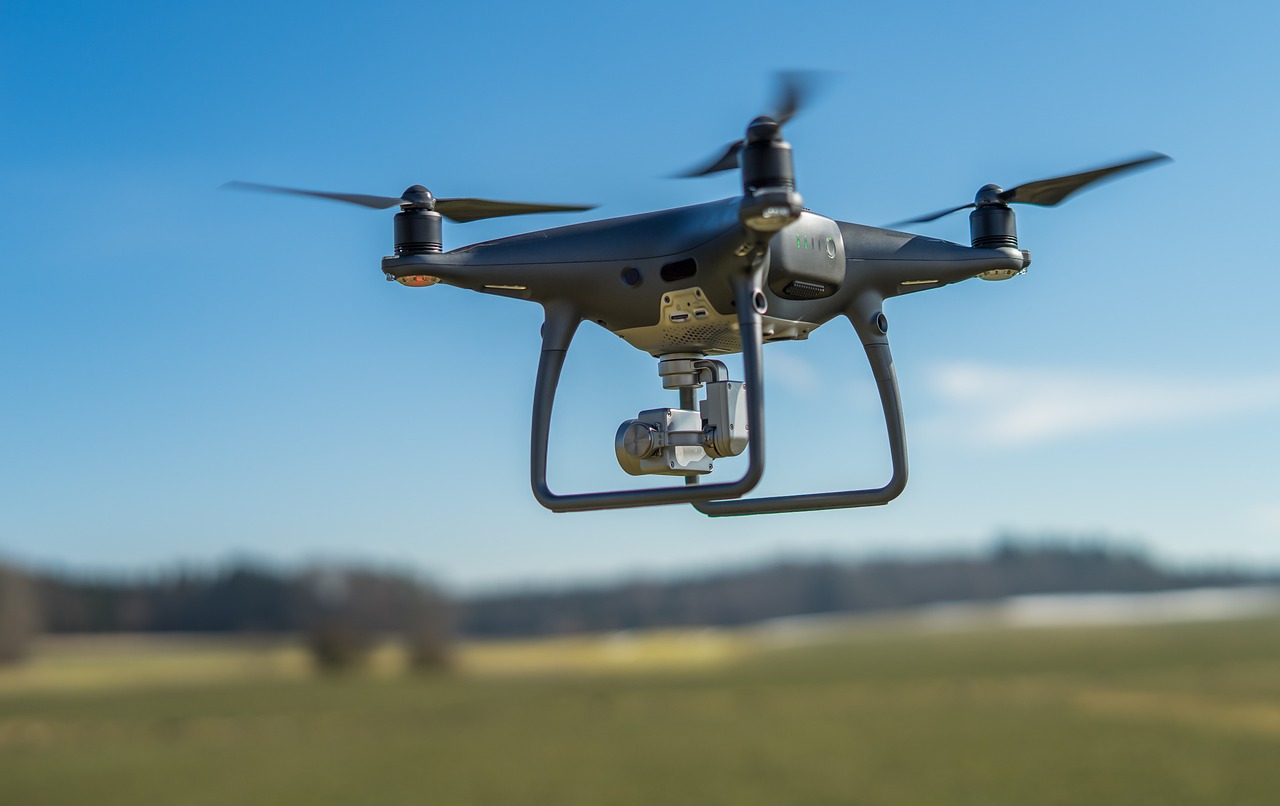Beginner Yoga Poses at Home
Do you crave a way to unwind, stretch your body, and maybe even find a little inner zen? Look no […]

Do you crave a way to unwind, stretch your body, and maybe even find a little inner zen? Look no further than yoga! But don’t be intimidated by fancy studios or complicated poses. You can cultivate a fantastic yoga practice from the comfort of your own home, and even if you’re a complete beginner, there’s a perfect place to start.
This guide will introduce you to some beginner yoga poses at home that are gentle on your body yet powerful in their benefits. We’ll walk you through each pose, offer modifications for different abilities, and help you create a relaxing and rewarding yoga routine at home. So grab some comfy clothes, find a quiet spot, and let’s begin!
Benefits of Yoga for Beginners
Before we delve into the world of poses, let’s explore the multitude of benefits yoga offers, especially for those new to the practice:
Increased Flexibility: Yoga stretches and lengthens muscles, improving range of motion and reducing stiffness. Enhanced Strength: Holds and transitions in yoga build core and overall body strength. Improved Balance: Balancing poses challenge your proprioception (body awareness) and refine your ability to maintain stable positions. Stress Reduction: Yoga incorporates mindful breathing techniques that promote relaxation and combat stress hormones. Better Sleep: The combination of physical exertion and stress reduction often leads to improved sleep quality. Boosted Mood: Yoga has been shown to elevate mood and increase feelings of well-being. Mind-Body Connection: Yoga cultivates a sense of awareness between the physical body and the mind.Essential Gear for Your Home Yoga Practice
While not mandatory, having a few key items can enhance your home yoga experience:
Yoga Mat: A comfortable yoga mat provides cushioning and grip for optimal performance. Yoga Block: A supportive block can help modify poses to suit your individual needs. Yoga Strap: A strap can assist in achieving deeper stretches and proper alignment. Comfortable Clothing: Wear loose-fitting clothing that allows for freedom of movement.Creating a Sacred Space
While not essential, creating a dedicated yoga space can deepen your practice. Find a quiet, clutter-free area in your home where you can focus on your breath and movements without distractions.
The Foundation of Yoga – Warm-up and Breathwork
Before embarking on any yoga poses, a proper warm-up is crucial. Here’s a simple 5-minute warm-up routine:
Neck Rolls: Gently roll your head in a circular motion, forward and backward, a few times each way. Shoulder Rolls: Roll your shoulders forward and backward in slow circles, a few times each way. Arm Circles: Make large circles with both arms forward and backward, several times each direction. Spinal Twists: Stand with feet hip-width apart and gently twist your torso from side to side, reaching your arms overhead. Ankle Circles: Slowly rotate your ankles clockwise and counter-clockwise, a few times each direction.Breathwork (Pranayama) is an integral part of yoga. Here’s a simple breathing technique to practice throughout your session:
Ujjayi Breathing (Victorious Breath): Sit comfortably with a straight spine. Inhale through your nose, making a soft hissing sound. Exhale slowly through pursed lips, creating a gentle whooshing sound. Maintain this rhythmic breathing throughout your practice.Top 11 Beginner Yoga Poses You Can Master at Home
Now, let’s delve into the exciting world of yoga poses! We’ll explore foundational poses that build a strong base for your practice. Remember, listen to your body and modify as needed. Hold each pose for 5-10 breaths, unless otherwise specified.
Standing Poses
1. Mountain Pose (Tadasana)
Benefits: Improves posture, strengthens core and leg muscles, enhances body awareness.
Method: Stand tall with feet together, big toes touching, and heels slightly apart. Engage your core by drawing your belly button in towards your spine. Lengthen your spine by imagining lifting the crown of your head towards the ceiling. Relax your shoulders and press them down and back. Arms rest naturally by your sides. Breathe deeply and hold for 5-10 breaths.
2. Warrior I (Virabhadrasana I)
Benefits: Strengthens legs, improves balance, opens hips.
Method: Step one leg back with a deep lunge, keeping your front heel flat on the ground. Bend your front knee until it forms a 90-degree angle, ensuring your knee is directly over your ankle. Extend your arms overhead, palms facing each other. Keep your back heel lifted or gently place it on the ground if needed. Maintain a straight spine and engage your core. Breathe deeply and hold for 5-10 breaths on each side.
3. Warrior II (Virabhadrasana II)
Benefits: Similar to Warrior I, with an added focus on chest opening and shoulder strength.
Method: Step one leg back into a lunge with a wide stance. Turn your front foot out 90 degrees and your back foot slightly inwards. Extend your arms out to the sides, parallel to the ground, palms facing down. Keep your hips facing forward and your torso upright. Breathe deeply and hold for 5-10 breaths on each side.
4. Triangle Pose (Trikonasana)
Benefits: Improves side-body flexibility, strengthens core and legs, promotes balance.
Method: Step one leg back with a wide stance. Keep your front foot pointed forward and turn your back foot slightly inwards. Reach your torso forward, hinging at the hips, and place your hand on your shin or a block for support. Extend the other arm up towards the ceiling, keeping your gaze upwards or gently forwards (avoid straining your neck). Maintain a long spine and avoid hunching your shoulders. Breathe deeply and hold for 5-10 breaths on each side.
Seated Poses
5. Staff Pose (Dandasana)
Benefits: Improves posture, strengthens core and back muscles, lengthens spine.
Method: Sit on the floor with your legs extended in front of you. Keep your feet flexed or pointed. Sit tall with your spine straight and shoulders relaxed. Engage your core and lengthen your neck. Breathe deeply and hold for 5-10 breaths.
6. Child’s Pose (Balasana)
Benefits: Relieves lower back strain, promotes relaxation, provides a gentle stretch for the back and hips.
Method: Sit back on your heels with your knees together or slightly apart. Fold forward, resting your forehead on the mat and extending your arms out in front of you, palms facing down. Breathe deeply and relax your entire body. Hold for as long as needed.
7. Downward-Facing Dog (Adho Mukha Svanasana)
Benefits: Strengthens arms, legs, and core, improves flexibility in hamstrings and calves, stimulates circulation.
Method: Start on your hands and knees, with your hands shoulder-width apart and knees hip-width apart. Push your hips back and up, straightening your legs as much as comfortable. Keep your heels pressing towards the ground, and lengthen your spine by reaching your tailbone away from you. Engage your core and keep your shoulders down and back. Breathe deeply and hold for 5-10 breaths.
8. Cat-Cow Pose (Marjaryasana – Bitilasana)
Benefits: Warms up the spine, improves spinal mobility, promotes relaxation.
Method: Start on your hands and knees, with your hands shoulder-width apart and knees hip-width apart. As you inhale, arch your back, dropping your belly towards the mat and looking up (cow pose). Engage your core and gently lift your head and chest. As you exhale, round your back, tucking your chin to your chest (cat pose). Keep your movements slow and fluid, focusing on coordinating your breath with your movements. Flow smoothly between these movements for several repetitions.
9. Seated Spinal Twist (Ardha Matsyendrasana)
Benefits: Improves spinal flexibility, stretches hips and shoulders, promotes detoxification.
Method: Sit on the floor with your legs extended in front of you. Bend your right knee and place your right foot flat on the floor outside your left hip. Twist your torso to the right, placing your left hand behind you and reaching your right arm over your right thigh. Look over your right shoulder (modify by gazing upwards if needed). You can use your left hand to gently press on your right thigh for a deeper twist. Keep your spine lengthened and avoid hunching your shoulders. Breathe deeply and hold for 5-10 breaths on each side.
Supine Poses
10. Bridge Pose (Setu Bandhasana)
Benefits: Strengthens core and glutes, improves hip flexibility, opens chest.
Method: Lie on your back with your knees bent and feet flat on the floor, hip-width apart. Lift your hips off the ground, keeping your shoulders grounded. Interlace your fingers under your body for support, or extend your arms out to the sides with palms facing down. Maintain a straight spine and avoid arching your lower back. Breathe deeply and hold for 5-10 breaths.
11. Corpse Pose (Savasana)
Benefits: Promotes deep relaxation, reduces stress, integrates the benefits of your yoga practice.
Method: Lie flat on your back with your arms by your sides and palms facing up. Close your eyes and relax your entire body, focusing on your breath. Allow any tension to melt away. Hold for 5-10 minutes or longer.
Cool-down
After your yoga practice, take a few minutes to cool down and allow your body to return to a resting state. Repeat some gentle stretches from your warm-up routine or simply lie in Savasana for a few extra minutes.
Yoga for Everyone
Remember, yoga is a journey, not a destination. Embrace modifications and don’t push yourself beyond your limits. As you progress, explore more challenging poses and flows while always honoring your body’s needs.
Additional Tips for Beginners
Listen to Your Body: Pain is a signal to modify or come out of a pose. Focus on Breath: Maintain smooth, steady breathing throughout every pose. Don’t Force Flexibility: Stretching should feel good, not painful. Be Patient: Building strength and flexibility takes time and consistent practice. Enjoy the Journey: Focus on the present moment and appreciate the process of moving your body mindfully.Expanding Your Practice
Once you feel comfortable with the basic poses, you can explore a variety of resources to expand your yoga practice:
Online Yoga Classes: Numerous websites and apps offer beginner-friendly online yoga classes. Yoga Books: Invest in yoga books with detailed instructions and illustrations of poses. Yoga Workshops: Consider attending beginner-oriented yoga workshops led by experienced instructors.Conclusion
Yoga offers a transformative experience for both body and mind. By starting with these fundamental poses and practicing regularly, you’ll be well on your way to reaping the numerous benefits yoga has to offer. Remember, be kind to yourself, have fun, and enjoy the journey of self-discovery that yoga provides.

 JimMin
JimMin 
































